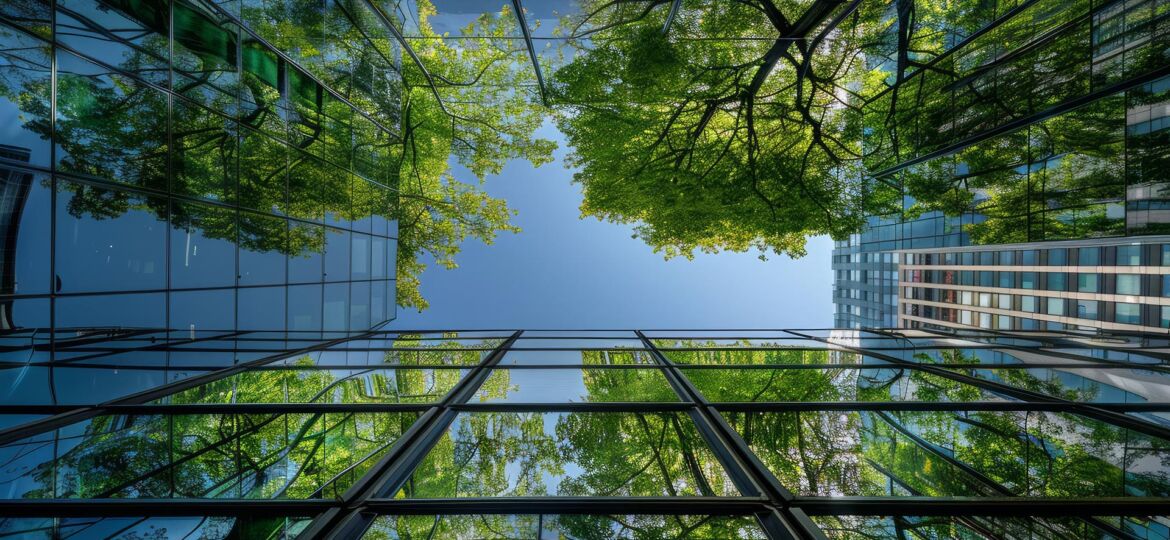
In today’s world, the importance of sustainability cannot be overstated, especially within the realm of commercial buildings. As businesses and individuals alike become more aware of the environmental impact of their operations, the demand for sustainable practices is growing. For commercial real estate, this translates into a pressing need to adopt green building practices. Embracing sustainability not only benefits the environment but also offers numerous advantages to building owners, tenants, and the community at large.
Environmental Benefits
The primary driver for sustainability in commercial buildings is the significant environmental benefit. Traditional buildings contribute to greenhouse gas emissions, excessive energy consumption, and resource depletion. By integrating sustainable practices, these buildings can drastically reduce their carbon footprint. Here are some key environmental benefits:
- Energy Efficiency: Sustainable buildings often incorporate energy-efficient systems, such as advanced HVAC systems, energy-efficient lighting, and improved insulation. These measures significantly reduce energy consumption and reliance on fossil fuels.
- Water Conservation: Implementing water-saving technologies, such as low-flow fixtures, rainwater harvesting systems, and greywater recycling, helps conserve this precious resource and reduce the strain on municipal water supplies.
- Reduction of Waste: Sustainable buildings emphasize the use of recyclable and renewable materials, which helps minimize waste generation. Additionally, construction waste can be managed more efficiently through recycling and reusing materials.
- Improved Indoor Air Quality: The use of non-toxic building materials and the implementation of proper ventilation systems contribute to healthier indoor air quality, which benefits both the environment and the occupants’ well-being.
Economic Benefits
While the initial investment in sustainable building practices might seem high, the long-term economic benefits are substantial. Here’s how sustainability can positively impact the financial bottom line:
- Operational Cost Savings: Energy-efficient buildings consume less power, resulting in lower utility bills. Over time, these savings can offset the initial investment in sustainable technologies.
- Increased Property Value: Sustainable buildings often have higher market values due to their energy efficiency, reduced operating costs, and modern, eco-friendly features. This makes them more attractive to buyers and investors.
- Tenant Retention and Attraction: Many businesses today prioritize sustainability and seek to lease space in green buildings. Sustainable buildings attract and retain tenants, leading to lower vacancy rates and more stable rental income.
- Incentives and Rebates: Governments and utilities offer various incentives, grants, and rebates for buildings that meet specific sustainability criteria. These financial benefits can further enhance the economic viability of green building projects.
Social Benefits
Beyond environmental and economic advantages, sustainable commercial buildings also offer significant social benefits. These buildings contribute to the well-being of their occupants and the broader community:
- Enhanced Occupant Health and Productivity: Improved indoor air quality, natural lighting, and ergonomic design can lead to healthier and more productive occupants. Studies have shown that employees working in green buildings report higher job satisfaction and lower absenteeism.
- Community Engagement: Sustainable buildings often include features like green roofs, community gardens, and public spaces that promote community interaction and engagement. These elements can enhance the social fabric of the surrounding area.
- Corporate Social Responsibility (CSR): For businesses, operating in a sustainable building can be a cornerstone of their CSR strategy. It demonstrates a commitment to environmental stewardship and social responsibility, which can enhance the company’s reputation and brand image.
Implementing Sustainability in Commercial Buildings
Adopting sustainability in commercial buildings involves a comprehensive approach that encompasses design, construction, and operational practices. Here are some key strategies:
- Green Building Certifications: Pursuing certifications such as LEED (Leadership in Energy and Environmental Design) or BREEAM (Building Research Establishment Environmental Assessment Method) can provide a framework for sustainable building practices and ensure adherence to high environmental standards.
- Energy Management Systems: Implementing advanced energy management systems allows for real-time monitoring and optimization of energy use. Smart sensors and automated controls can further enhance energy efficiency.
- Sustainable Materials: Utilizing sustainable building materials, such as recycled steel, bamboo, and low-VOC (volatile organic compounds) paints, reduces environmental impact and promotes a healthier indoor environment.
- Renewable Energy Sources: Incorporating renewable energy sources, such as solar panels or wind turbines, can significantly reduce reliance on non-renewable energy and lower greenhouse gas emissions.
- Waste Reduction Programs: Establishing robust waste reduction and recycling programs during construction and operation can minimize waste generation and promote the reuse of materials.
- Water Efficiency Measures: Installing water-efficient fixtures, implementing rainwater harvesting systems, and designing landscaping that requires minimal irrigation can conserve water resources.
Conclusion
The importance of sustainability in commercial buildings is undeniable. By embracing sustainable practices, commercial real estate can significantly reduce its environmental impact, achieve substantial economic savings, and contribute to the well-being of occupants and the community. As awareness and demand for sustainability continue to grow, green buildings will increasingly become the standard rather than the exception. Building owners and developers who prioritize sustainability are not only doing their part for the environment but also positioning themselves for long-term success in an evolving market.
By integrating these sustainable practices, Hill Commercial can lead the way in promoting environmental stewardship, economic resilience, and social responsibility in the commercial real estate sector.

